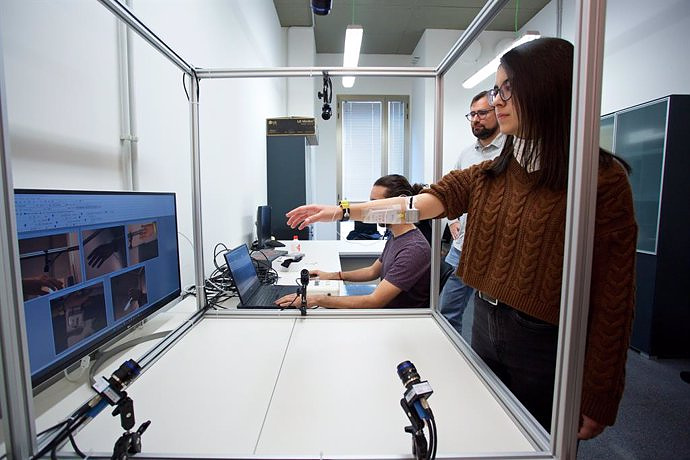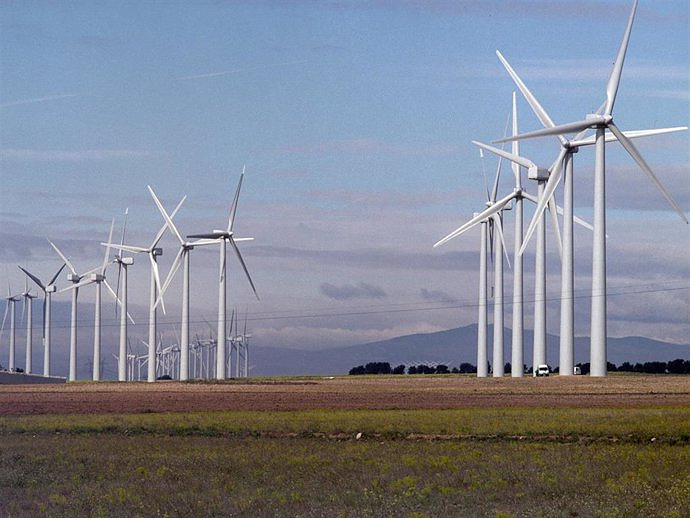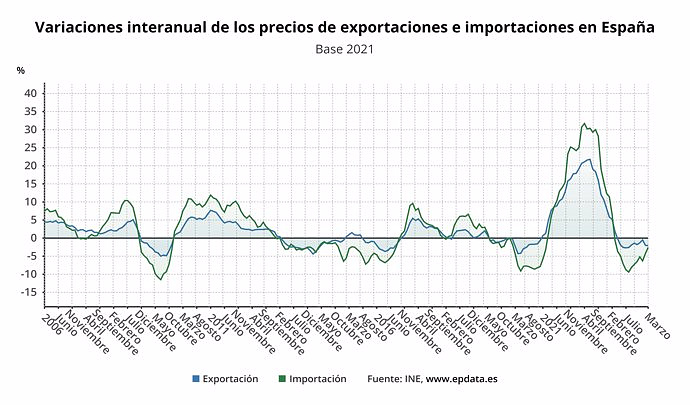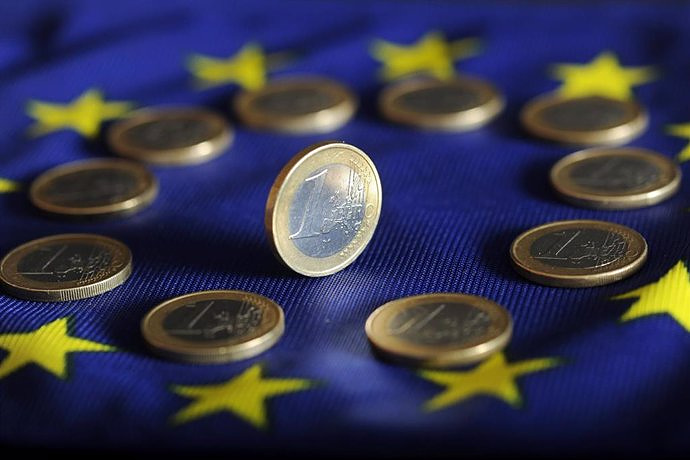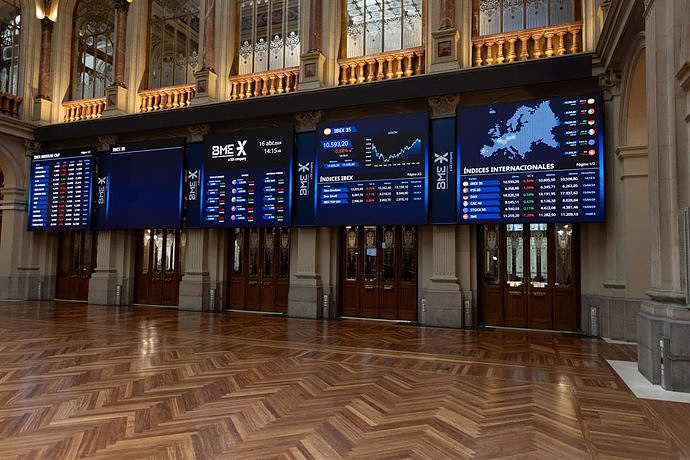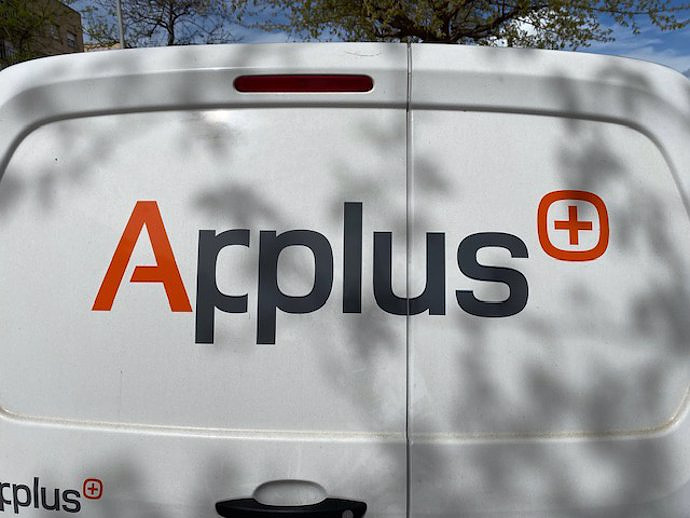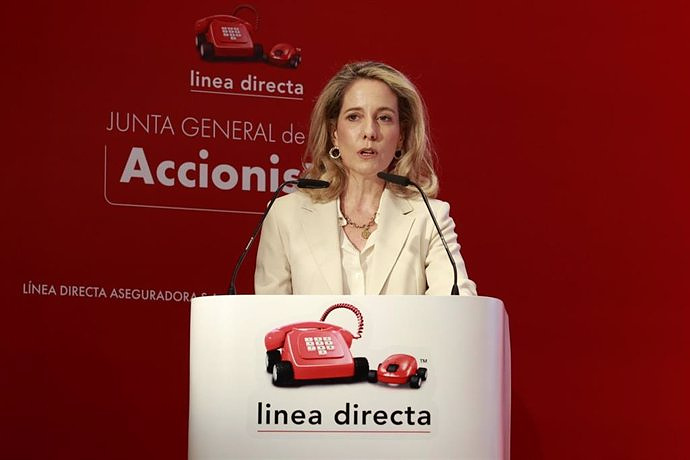ALICANTE, 13 Mar. (EUROPA PRESS) -
The Human Robotics (HURO) research group at the University of Alicante (UA) leads a project to improve the rehabilitation of patients with neuromuscular disorders. Specifically, an international team is working on a personalized neuromechanical model for people with motor conditions in the hand after suffering a stroke or spinal cord injury.
The project they are working on is Myorehab ('Monitoring and delivering personalized hand neurorehabilitation through virtual activities controlled by the neural drive'), as stated by the academic institution in a statement.
HURO researcher and project coordinator, Andrés Úbeda, has detailed that the objective of Myorehab is "to provide an artificial intelligence (AI) system that can monitor and offer a personalized hand rehabilitation intervention based on the amount of electrical activity generated by the muscles.
In a complementary way to conventional therapy, the project implements "cutting-edge technologies", such as high-density electromyography, and gamified virtual activities to improve and monitor rehabilitation in a large number of patients.
With this new model, neuromechanical biomarkers associated with motor rehabilitation will be able to be extracted and the AI-based gamification intervention will be evaluated to offer rehabilitation "totally adapted to each patient."
Rehabilitation treatments for neuromuscular disorders vary according to clinical centers and health systems, which is why "a standardized model is needed that can be replicated in any country," Úbeda pointed out.
One of the main difficulties of treatment is being able to make a quantitative evaluation of how the patient improves. It is at this point where the Myorehab project will help both the rehabilitation professional and the patient to evaluate the complete process from the beginning of the sessions.
In a first phase, the technology and rehabilitation protocols will be applied and tested in healthy individuals and then a clinical evaluation will be carried out. In this second phase, the new model will be used to extract useful clinical metrics to readapt physical therapies in a "more efficient and effective" way.
"The goal of this project is to reach the clinical intervention phase where conventional therapy will be complemented with this novel technology to improve recovery by providing patients with more attractive and effective rehabilitation activities. In the case of Alicante, from the UA we will collaborate with patients affected by stroke at the Alicante General Hospital," explained the researcher.
Lasting three years, until mid-2026, Myorehab brings together institutions from Spain, Germany, Brazil and Panama. This is a strong long-term research network between European and Latin American researchers to provide a transnational framework in the area of standardized motor rehabilitation.
In addition to the AU, the University of Erlangen-Nuremberg (FAU) in Germany, the State University of Campinas (UNICAMP) and the Federal University of Pernambuco (UFPE), both in Brazil, and the University of Technology of Panama (UTP) also participate. . . . .
The Myorehab project has funding of more than 485,000 euros financed through the 4th multi-thematic call for research and innovation projects 2022 of the EU-LAC Interest Group, made up of financing agencies from Latin America, the Caribbean and Europe. In the case of Spain, financing comes from the Ministry of Science, Innovation and Universities.
The HURO research group of the UA, belonging to the Department of Physics, Systems Engineering and Signal Theory of the University of Alicante, was created in 2018 to respond to new challenges related to the world of robotics, a sector that requires robots capable of carrying out their tasks in dynamic and social environments.
Its members, with "great experience" in robotics and automated systems, work mainly in five lines of research: rehabilitation robotics, neuromechanics, spatial robotics, vision and artificial intelligence, and virtual and augmented reality.

 Exploring Cardano: Inner Workings and Advantages of this Cryptocurrency
Exploring Cardano: Inner Workings and Advantages of this Cryptocurrency Seville.- Economy.- Innova.- STSA inaugurates its new painting and sealing hangar in San Pablo, for 18 million
Seville.- Economy.- Innova.- STSA inaugurates its new painting and sealing hangar in San Pablo, for 18 million Innova.- More than 300 volunteers join the Andalucía Compromiso Digital network in one month to facilitate access to ICT
Innova.- More than 300 volunteers join the Andalucía Compromiso Digital network in one month to facilitate access to ICT Innova.-AMP.- Ayesa acquires 51% of Sadiel, which will create new technological engineering products and expand markets
Innova.-AMP.- Ayesa acquires 51% of Sadiel, which will create new technological engineering products and expand markets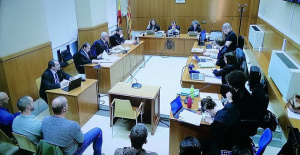 Sentences of up to 7 years for four police officers for illegal detention and injuries to a young man in Barcelona
Sentences of up to 7 years for four police officers for illegal detention and injuries to a young man in Barcelona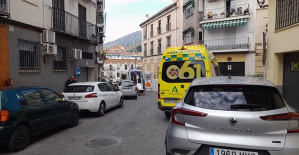 They investigate in Jaén the death of a six-year-old boy whose mother shows signs of self-harm
They investigate in Jaén the death of a six-year-old boy whose mother shows signs of self-harm The judge orders Rubiales to appear in court once a month and ask for permission if he travels abroad
The judge orders Rubiales to appear in court once a month and ask for permission if he travels abroad Scotland's First Minister resigns after the breakdown of the Government coalition
Scotland's First Minister resigns after the breakdown of the Government coalition How Blockchain in being used to shape the future
How Blockchain in being used to shape the future Not just BTC and ETH: Here Are Some More Interesting Coins Worth Focusing on
Not just BTC and ETH: Here Are Some More Interesting Coins Worth Focusing on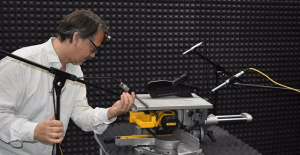 They create a bank of machinery sounds to prevent breakdowns through artificial intelligence
They create a bank of machinery sounds to prevent breakdowns through artificial intelligence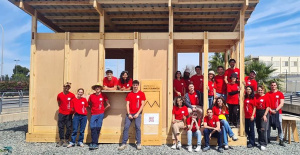 UPV students build a prototype of a wooden house to move to Equatorial Guinea
UPV students build a prototype of a wooden house to move to Equatorial Guinea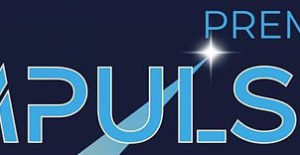 The UA opens the call for the Impulso 2024 Awards for the best innovative business initiatives
The UA opens the call for the Impulso 2024 Awards for the best innovative business initiatives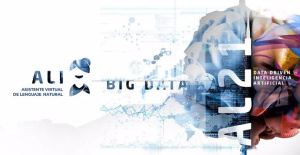 ALI, virtual assistant from Alicante, internationally recognized by the OECD
ALI, virtual assistant from Alicante, internationally recognized by the OECD A million people demonstrate in France against Macron's pension reform
A million people demonstrate in France against Macron's pension reform Russia launches several missiles against "critical infrastructure" in the city of Zaporizhia
Russia launches several missiles against "critical infrastructure" in the city of Zaporizhia A "procession" remembers the dead of the Calabria shipwreck as bodies continue to wash up on the shore
A "procession" remembers the dead of the Calabria shipwreck as bodies continue to wash up on the shore Prison sentences handed down for three prominent Hong Kong pro-democracy activists
Prison sentences handed down for three prominent Hong Kong pro-democracy activists ETH continues to leave trading platforms, Ethereum balance on exchanges lowest in 3 years
ETH continues to leave trading platforms, Ethereum balance on exchanges lowest in 3 years Investors invest $450 million in Consensys, Ethereum incubator now valued at $7 billion
Investors invest $450 million in Consensys, Ethereum incubator now valued at $7 billion Alchemy Integrates Ethereum L2 Product Starknet to Enhance Web3 Scalability at a Price 100x Lower Than L1 Fees
Alchemy Integrates Ethereum L2 Product Starknet to Enhance Web3 Scalability at a Price 100x Lower Than L1 Fees Mining Report: Bitcoin's Electricity Consumption Declines by 25% in Q1 2022
Mining Report: Bitcoin's Electricity Consumption Declines by 25% in Q1 2022 Oil-to-Bitcoin Mining Firm Crusoe Energy Systems Raised $505 Million
Oil-to-Bitcoin Mining Firm Crusoe Energy Systems Raised $505 Million Microbt reveals the latest Bitcoin mining rigs -- Machines produce up to 126 TH/s with custom 5nm chip design
Microbt reveals the latest Bitcoin mining rigs -- Machines produce up to 126 TH/s with custom 5nm chip design Bitcoin's Mining Difficulty Hits a Lifetime High, With More Than 90% of BTC Supply Issued
Bitcoin's Mining Difficulty Hits a Lifetime High, With More Than 90% of BTC Supply Issued The Biggest Movers are Near, EOS, and RUNE during Friday's Selloff
The Biggest Movers are Near, EOS, and RUNE during Friday's Selloff Global Markets Spooked by a Hawkish Fed and Covid, Stocks and Crypto Gain After Musk Buys Twitter
Global Markets Spooked by a Hawkish Fed and Covid, Stocks and Crypto Gain After Musk Buys Twitter Bitso to offset carbon emissions from the Trading Platform's ERC20, ETH, and BTC Transactions
Bitso to offset carbon emissions from the Trading Platform's ERC20, ETH, and BTC Transactions Draftkings Announces 2022 College Hoops NFT Selection for March Madness
Draftkings Announces 2022 College Hoops NFT Selection for March Madness